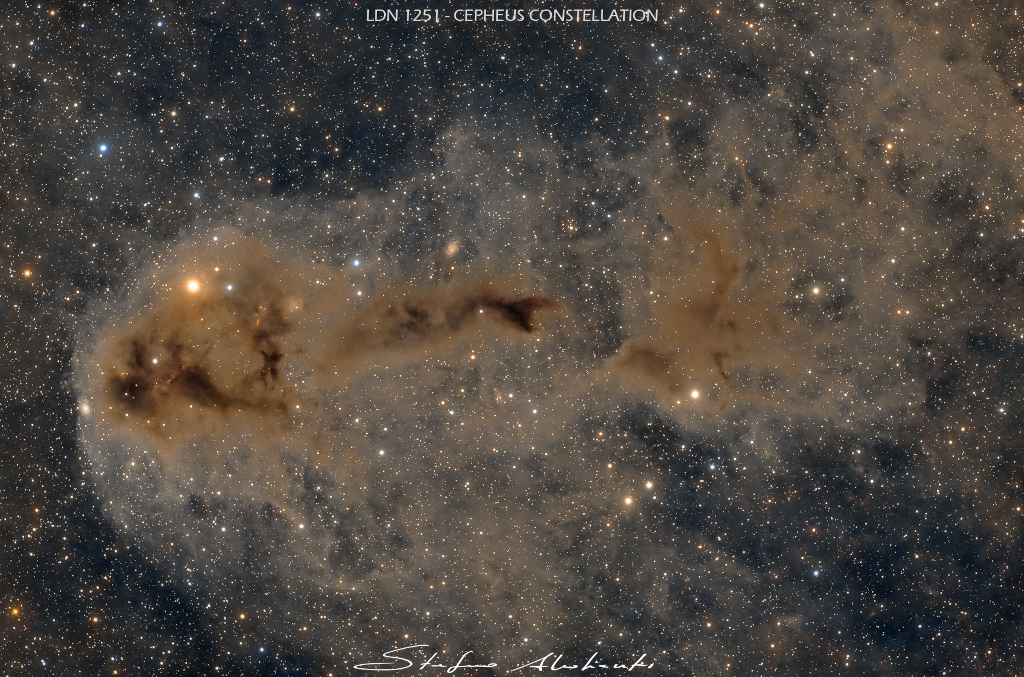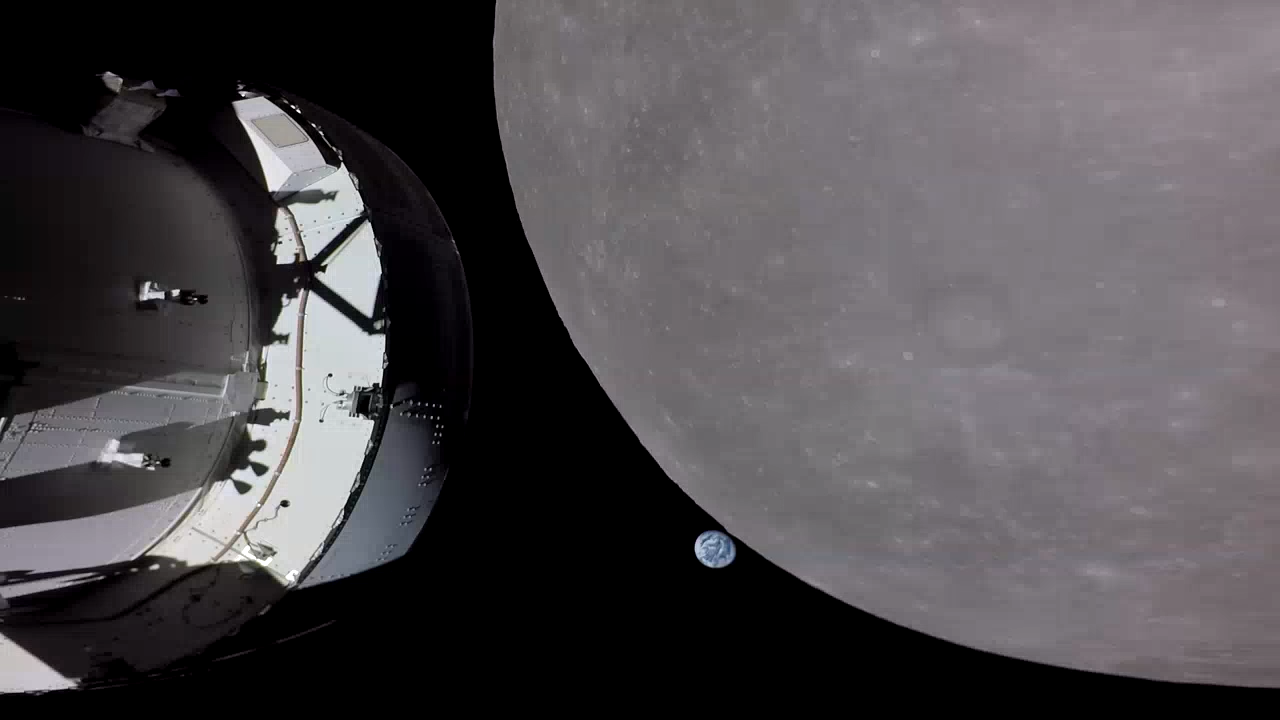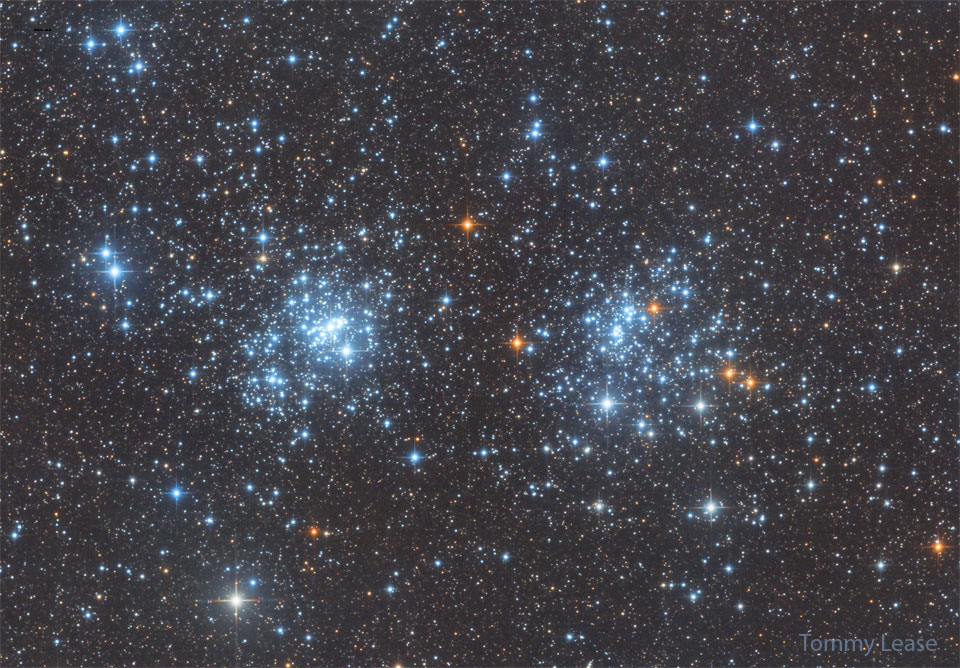안녕하세요, 잡학다식 입니다. 오늘은 과연 나사에서 어떤 방식으로 우주의 형상을 표현해 줄까요?
우선 이미지부터 볼 수 있도록 하겠습니다

해당 사진의 이름은 Lynds Dark Nebula 1251 인데요 우선 NASA에서 공식적으로 발표한 설명들을 확인해 보겠습니다
Stars are forming in Lynds Dark Nebula (LDN) 1251. About 1,000 light-years away and drifting above the plane of our Milky Way galaxy, the dusty molecular cloud is part of a complex of dark nebulae mapped toward the Cepheus flare region. Across the spectrum, astronomical explorations of the obscuring interstellar clouds reveal energetic shocks and outflows associated with newborn stars, including the telltale reddish glow from scattered Herbig-Haro objects hiding in the image. Distant background galaxies also lurk on the scene, almost buried behind the dusty expanse. This alluring view spans over four full moons on the sky, or 35 light-years at the estimated distance of LDN 1251.
이번에도 광활한 우주 앞에 인간이 얼마나 작은 존재인지 다시 한번 알게 되는것 같습니다
저는 내일도 더 좋은 사진과 함께 돌아오겠습니다, 그럼 행목한 하루 되시길 바랍니다
'과학상식' 카테고리의 다른 글
| NASA 나사의 오늘의 이미지들 (2022-11-26) (0) | 2022.11.27 |
|---|---|
| NASA 나사의 오늘의 이미지들 (2022-11-25) (0) | 2022.11.26 |
| NASA 나사의 오늘의 이미지들 (2022-11-23) (0) | 2022.11.24 |
| NASA 나사의 오늘의 이미지들 (2022-11-22) (0) | 2022.11.23 |
| NASA 나사의 오늘의 이미지들 (2022-11-21) (0) | 2022.11.22 |

